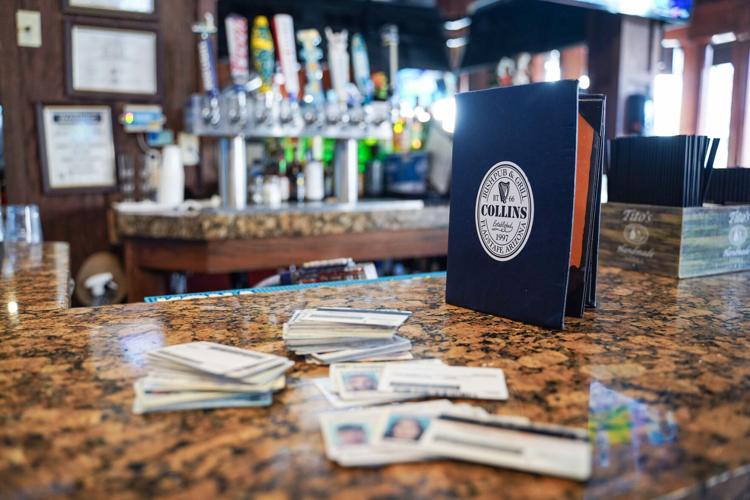Understanding the Mighty Apostrophe: A Comprehensive Guide

The apostrophe is a tiny but mighty punctuation mark in the English language. Despite its small size, it plays a crucial role in indicating possession, forming contractions, and showing omissions. Understanding how to use the apostrophe correctly can vastly improve your writing clarity and professionalism.
History of the Apostrophe
Origins and Evolution
The apostrophe has a fascinating history, originating from ancient Greek manuscripts where it was used to indicate omitted letters. Over time, it evolved in medieval Latin texts and eventually found its place in English during the 16th century.
Early Uses in Manuscripts
Initially, the apostrophe was primarily used to indicate omitted letters in handwritten manuscripts. This practice continued into the Renaissance, where the apostrophe started to be used in printed texts to show possession and contractions.
The Apostrophe in Modern English
Common Uses
In modern English, the apostrophe serves three primary functions: showing possession, forming contractions, and indicating omitted letters or numbers.
Differences in British and American English
While both British and American English use apostrophes similarly, subtle differences exist. For instance, British English tends to be more conservative with contractions, whereas American English embraces them more freely.
Possessive Apostrophes
Singular Nouns
To show possession with singular nouns, add an apostrophe followed by an “s.” For example, “the cat’s toy” indicates that the toy belongs to the cat.
Plural Nouns
For plural nouns ending in “s,” add only an apostrophe. For instance, “the teachers’ lounge” indicates that the lounge belongs to multiple teachers.
Irregular Nouns
Irregular plural nouns not ending in “s” require an apostrophe followed by an “s.” For example, “children’s books” indicates that the books belong to the children.
Contractions
Common Contractions
Contractions combine two words into one by omitting certain letters, which the apostrophe replaces. Examples include “can’t” for “cannot” and “it’s” for “it is.”
Informal vs. Formal Writing
Contractions are more suitable for informal writing, such as emails and blog posts, while formal writing, like academic papers, generally avoids them.
Apostrophes in Dialects and Slang
In various English dialects and slang, apostrophes appear frequently in contractions, adding flavor and authenticity to the language.
Omissions
Omission of Numbers
Apostrophes can indicate omitted numbers, such as “the class of ’99” instead of “1999.”
Omission of Letters
In informal writing, apostrophes can show omitted letters, like “gov’t” for “government.”
Special Cases
Names Ending in S
For names ending in “s,” add an apostrophe and an “s” for singular possession (e.g., “James’s book”) and just an apostrophe for plural possession (e.g., “the Joneses’ house”).
Joint Possession
For joint possession, add an apostrophe to the last noun only (e.g., “Sam and Jill’s car”).
Compound Nouns
For compound nouns, add an apostrophe and “s” to the last word (e.g., “my brother-in-law’s guitar”).
Misuses of the Apostrophe
Common Mistakes
Common mistakes include using apostrophes for plural nouns (e.g., “apple’s” instead of “apples”) and confusing “its” and “it’s.”
Its vs. It’s
“Its” shows possession (e.g., “The dog wagged its tail”), while “it’s” is a contraction for “it is” or “it has” (e.g., “It’s raining”).
Plurals vs. Possessives
Remember, plurals don’t need apostrophes (e.g., “cats” vs. “cat’s”).
Apostrophes in Plurals of Abbreviations and Numbers
Correct Usage
For abbreviations and numbers, apostrophes are sometimes used to avoid confusion (e.g., “CD’s” and “90’s”).
Common Errors
Avoid unnecessary apostrophes in plurals, such as “DVD’s” instead of “DVDs.”
Apostrophes in Names
Family Names
When pluralizing family names, add “s” or “es” without an apostrphe (e.g., “the Smiths” or “the Joneses”).
Historical and Modern Practices
Historically, apostrophes were used more liberally in names, but modern practices favor simpler, clearer usage.
Stylistic Considerations
Apostrophes in Creative Writing
In creative writing, apostrophes can add character to dialogue and narrative voice, enhancing readability and engagement.
Variations in Different Style Guides
Different style guides (APA, MLA, Chicago) have specific rules for apostrophe use, so consult the relevant guide for consistency.
Digital Age Apostrophes
Use in Social Media
Social media often sees creative and varied use of apstrophes, sometimes leading to errors due to informal writing habits.
Auto-correct and Typing Errors
Auto-correct features can introduce mistakes with apostrophes, so double-check your text before posting or sending.
The Apostrophe in Other Languages
Similarities and Differences
Languages like French and Italian also use apostrophes, but their rules can differ significantly from English.
Cultural Significance
In some cultures, the apostrophe carries unique significance and follows distinct grammatical rules.
Teaching the Apostrophe
Educational Approaches
Effective teaching methods include practical exercises, contextual learning, and regular feedback to help students master apstrophe use.
Common Challenges for Learners
Students often struggle with differentiating between similar rules, like possessives and contractions, requiring targeted practice.
Conclusion
The apostrophe, though small, is a powerful tool in the English language. Its correct use is vital for clear communication, showing possession, forming contractions, and indicating omissions. By understanding and applying the rules of apostrophe usage, you can enhance your writing’s clarity and professionalism.
FAQs
Why is the apostrophe so important in English?
The apostrophe helps clarify meaning by indicating possession, forming contractions, and showing omissions, making communication clearer and more precise.
How do I know when to use an apostrophe?
Use an apostrophe to show possession (e.g., “John’s book”), form contractions (e.g., “don’t” for “do not”), and indicate omitted letters or numbers (e.g., “’90s” for “1990s”).
What are the most common apostrophe mistakes?
Common mistakes include using apstrophes for plurals (e.g., “apple’s” instead of “apples”) and confusing “its” (possessive) with “it’s” (contraction for “it is” or “it has”).
Are there exceptions to the rules of using apostrophes?
While there are general rules, some exceptions exist, such as names ending in “s” and certain irregular plural nouns. Always check a reliable grammar guide if unsure.
How can I improve my use of apostrophes?
Practice regularly, read widely to see examples in context, and use grammar resources or tools to check your writing.









